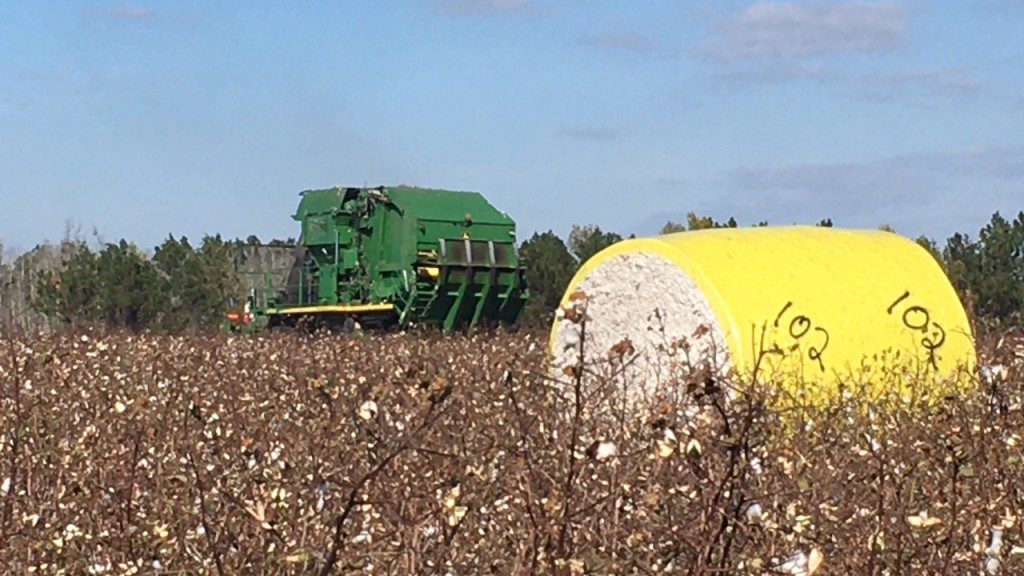Recent Posts
-
Next week is shaping up to be a challenging week for cotton planting, similar to late May of 2019. Remember that soil temperatures greatly influence cotton emergence, Figure 1 includes a graph from a USDA manuscript sharing the relationship of lateral cotton root development as influenced by soil temperature (McMichael and Burke, Environmental and Experimental…
Posted in: Cotton -
The most effective approach to minimize cotton injury from preemergence (PRE) herbicides is to place the cotton seed in moist soil where it can imbibe (absorb) clean water free of herbicides (Figure 1). Next, we need our cotton roots to “out run” the herbicide as the herbicide is moving down into the soil with rainfall…
-
Kemerait and Brenneman Over the next week, temperatures in southern Georgia as expected to be near 100 degrees for several days. Such very warm conditions can bring a greater urgency to early-season disease control in the peanut crop with regards to Aspergillus crown rot and white mold. Risk to losses from these diseases can be…
Posted in: Peanuts -
Posted in: Uncategorized
-
Posted in: Uncategorized
-
Posted in: Uncategorized
-
Topics this week include Tropical spiderwort, thrips, residual herbicides, pecan casebearer, and hay. Rain over the last week has presented numerous challenges for cotton and peanut producers. Currently In Colquitt County, it is estimated that 40-50 percent of cotton crop and 50-60% of the peanut crop is planted. Corn crop ranges from V3 to V10.…
-

By Maria M. Lameiras for CAES News Day-to-day swings in temperature are an accepted part of the weather in many areas around the country. However, when 30-year averages of daily temperature fluctuations from thousands of stations around the country indicate a steady change in average temperatures over time, there are tangible implications for agriculture, energy consumption and many…
Posted in: Uncategorized -
Posted in: Uncategorized
-
Posted in: Uncategorized
